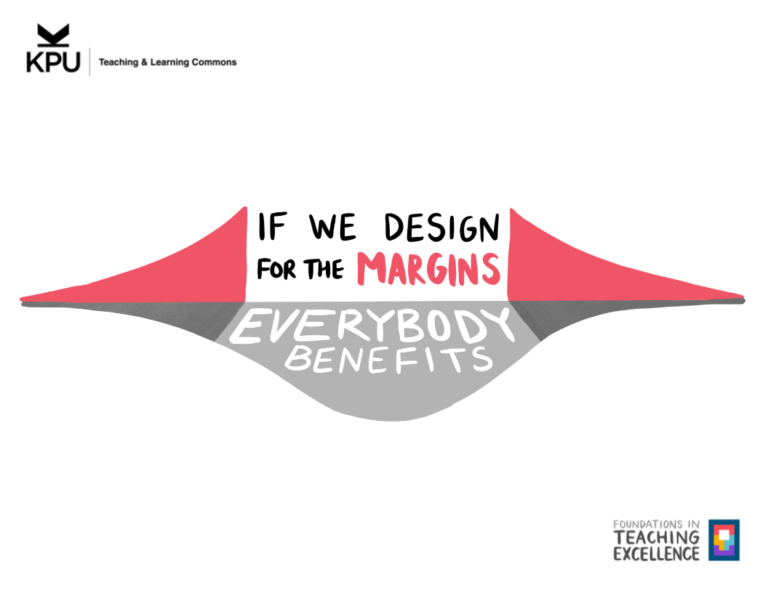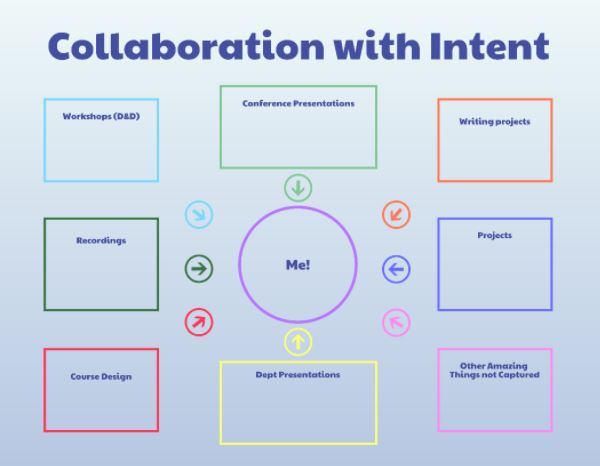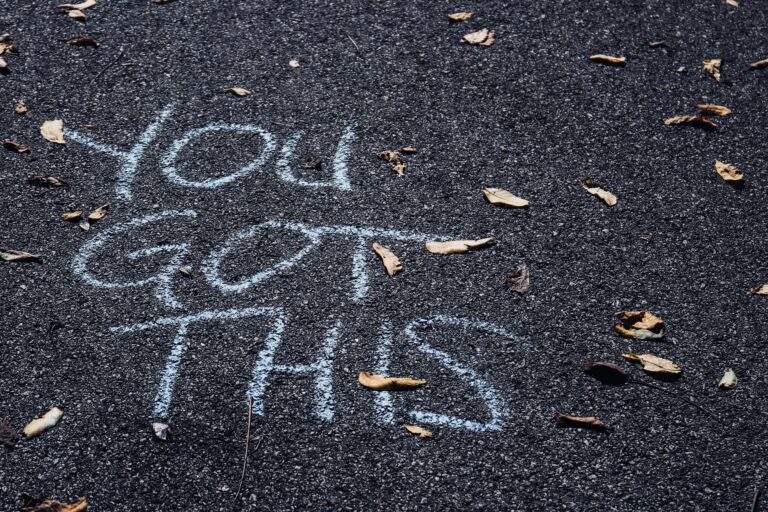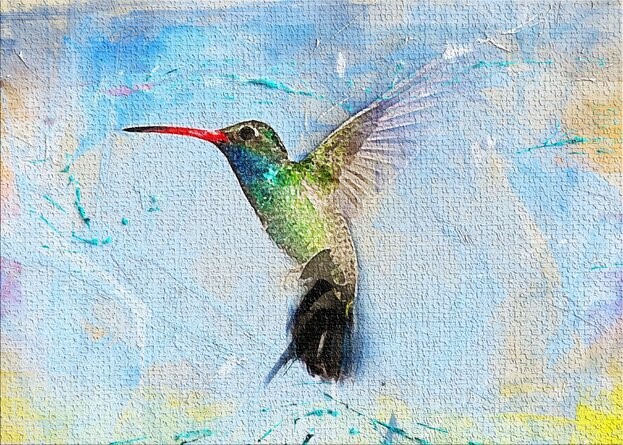Lessons from the Pandemic: Embedding open in your practice
Many of us come to our work with complex and multifaceted values. For those of us engaged in work around open education, a common and shared value is the unwavering belief that education should be a public good. For many of us, this means that the learning taking place within our institutions should be as accessible as possible and should make its way back into the communities where our institutions are situated. Open education works toward these goals by intentionally producing and using resources that are accessible without a paywall, whether they be course materials or research. Orientations to education as a public good might manifest differently depending on the institution. At a research-focused institution this might mean that the scholarly impact of research is highlighted through open scholarship. At teaching-focused institutions, like KPU, this might mean careful attention to open pedagogical practice such as using Open Educational Resources (OER) in place of commercial textbooks.
The experience of the pandemic has underscored the many ways that we have moved away from an ethic of education as a public good. The pandemic has produced shared traumas that have nevertheless surfaced in unique, trying, alienating, and even painful ways. Student experiences have highlighted the extent of precarity that shapes students’ learning, as this exists, not in isolation from, but rather embedded within complex needs to support their own livelihoods, as well as too often contribute to their family’s or community’s well-being. Recognizing how the high cost of education and educational resources creates barriers to access and contributes to such precarity, open education seeks to mitigate the financial burden of pursuing higher education.
To put these challenges into focus, in Spring 2020, Statistics Canada collected data from over 100,000 postsecondary students reporting on the impacts of COVID-19 48% of students with a job reported either losing their job or being temporarily laid off.
For this astonishingly high percentage of working students, and for their peers who were affected in myriad other ways, the idea of the expensive, hard to find, print commercial textbook became a non-option. Some of the solutions being touted by commercial publishers like leasing digital commercial textbooks under the guise of what they branded “inclusive access” had limitations for our students that extend beyond the challenge posed to students to pay up for their content during a crisis. For example, at KPU, we had a serious issue where many international students who were learning from abroad could not pay for these resources using their domestic currency! Relying on third parties to facilitate this access between instructor and student further demonstrates the shortcoming of traditional resources.
For faculty, the pandemic meant pivoting online. On top of learning video conferencing tools, many instructors were having to navigate copyright and fair dealing in an online environment. The reality is that traditional learning resources are less adaptable to sudden changes than we may have hoped or expected. Sure, students were having to balance work and school before the pandemic and faculty have always had to consider copyright law in their instruction, but these problems really came to a head when digital resources became one of the only options for students to access their learning materials.
Whereas students could once be advised to simply go to the bookstore or library to access these materials, suddenly, many instructors were fielding questions from students around accessing digital versions of their course resources. Sometimes, faculty ran up against issues. A few examples include: (1) how much of a book could be scanned and circulated? (2) library policies around collection building which sometimes deprivilege expensive textbooks that have new versions come out with great frequency, or (3) problems with the numbers of digital copies that are licensed by libraries, which limited the number of students who could access existing library materials at any given time. Perhaps some of you experienced these or other issues around fair dealing and copyright during the shift to remote learning.
By contrast, OER offer a way forward for teaching not only in online contexts, but in the traditional classroom, and generally as a more adaptable, sustainable, and accessible way of engaging students and other types of learners!
- Turn to your local experts
Check out KPU’s awesome Library Guide. It includes guidance on various topics within open education including finding OER. Librarians have a particular expertise in locating relevant materials, and this certainly applies to searching through the many OER repositories that exist and working with you to develop practices to integrate using OER in your courses. This might also mean making room for and inviting these experts to departmental meetings, disciplinary organizations and wherever else their expertise might benefit the public good.
2. Embed Open in your Existing Practice
You can start with scalable engagements by embedding open in your practice. Your first act as an open education advocate doesn’t have to be authoring an open textbook. Consider licensing your teaching notes and slides with a Creative Commons license. Doing this will also provide such a great opportunity to engage with students around proper citation and attribution. And remember all except the Public Domain Creative Commons License requires the adopter or adopter of your materials to give you credit for your work. Licensing your work with Creative Commons doesn’t mean that you sacrifice being recognized for your scholarly and pedagogical contributions!
a) Make use of existing open resources. Doing so will save you so much time and steer you clear of confusion around what you can use, how much of something you can use, and how to properly attribute other folks’ work. A simple way to do this is by using openly licensed images in your presentations. One quick but very helpful tip is conducting a regular Google Image search, but instead, limit the search to include only images licensed with a creative commons license. See below for where I show how to do this by clicking on tools and selecting Creative Commons.

You can do the same for YouTube videos. Filter results by selecting Creative Commons under the Features tab.
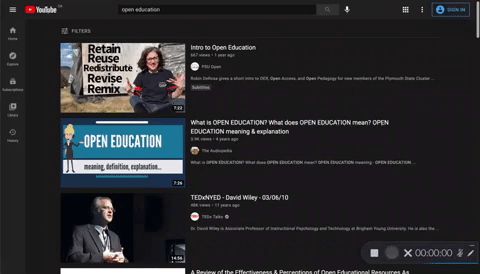
b) Openly license your work! Openly licensing your work is much easier than it seems. Creative Commons has created a cool tool to help with this. Simply go to https://chooser-beta.creativecommons.org/ and work through the various questions to find a license that best suits your needs and values.

Did you know you can openly license videos you upload to popular streaming websites? This is a great way to signal that you encourage wide reuse of your work.

3. Share your Work
Share your work! Openly licensing your work is a great first step, but then be sure to share it. Sharing could mean tweeting about your resource, blogging about it, sharing it over a departmental or disciplinary listserv. And yes, it can also mean sharing it in an open repository. Remember those library experts, they’ll be able to help you identify appropriate repositories for your openly licensed work.
4. Search, Browse & Discover
Our open education colleagues at State University of NY have created an excellent search tool that many institutions now direct their faculty to as a first stop on their search for OER. Openly Available Sources Integrated Search or (OASIS) is a search tool that aims to make the discovery of open content easier. OASIS currently searches open content from 117 different sources (i.e. other repositories) and contains almost 400,000 records.
Check out KPU’s Pressbook Catalogue, which provides a collection of resources created by your colleagues: https://kpu.pressbooks.pub/catalog/openkpu.
Looking for more places to search for open materials? Visit KPU’s Library Guide: https://libguides.kpu.ca/opentextbooks/find
5. Improve Existing Resources
As a first dive into open education, consider improving existing resources, rather than creating resources from scratch. One of the barriers to adoption of OER is the lack of supplementary materials in open textbooks, like test banks, video demonstrations, and local examples.
Take for example this Introduction to Sociology textbook that was adapted by colleagues in BC from an original US source. This is an awesome example of how OER can be customizable and how localized case studies augment student engagement!
Another fabulous example of creating supporting materials is evidenced by this Companion Kit to Culinary Arts Trades Training. It was developed to complement technical Culinary Arts Trades Training. The various activity sets are designed to reinforce academic information that students are required to know during their training.
KPU Open Education offers grants to help with adaptation projects: www.kpu.ca/open/grants.
There are supports at KPU to help facilitate your engagements with open! We love hearing from you.
Email us at open@kpu.ca
Visit our website at www.kpu.ca/open
Follow us on Twitter at @KPUOpen
Subscribe to the KPU Open listserv here
Material in this blogpost has been adapted from Pragmatic Tips for Engaging with Open by Urooj Nizami given at Medicine Hat College on March 3, 2021.
Embedding Open in Your Practice: A few simple tips by Urooj Nizami is licensed under a Creative Commons Attribution 4.0 International License.
Urooj Nizami
Urooj is the Open Education Strategist in the Office of Open Education at Kwantlen Polytechnic University (KPU) in British Columbia, Canada where she supports and facilitates open education initiatives by providing expertise through consultations and technical training. She oversees the management of the Zero Textbook Cost (ZTC) Program, the Open Education Research Institute, and provides support to Open Educational Resources (OER) grantees, Open Pedagogy Fellows, and Open Education Research Fellows. Urooj also co-facilitates the use of KPU’s Open Publishing Suite (OPUS). Urooj was previously an ACRL Resident Librarian (2017-2020) at Temple University Libraries in Philadelphia where she worked to expand Open Education initiatives. She sits on the Open Education Network's Steering Committee. Urooj is a trained librarian with a degree from McGill University’s School of Information Studies.

